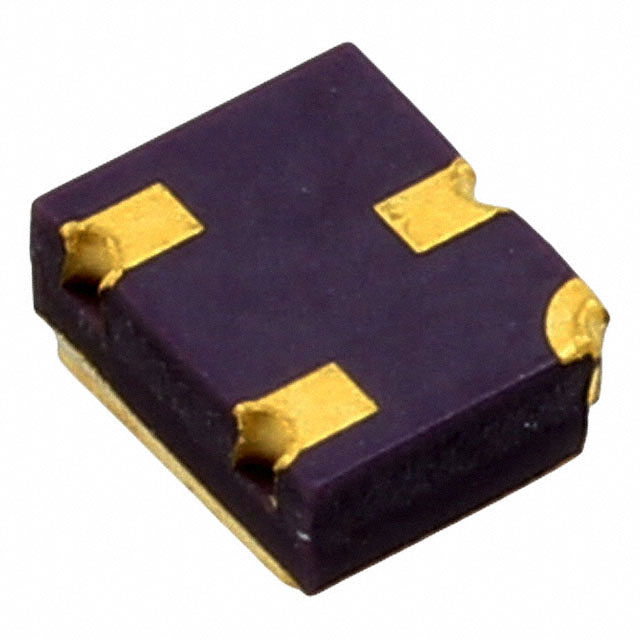Military, MIL-PRF-19500/376 Series, Single Bipolar Transistors
Results:
8
Manufacturer
Series
Supplier Device Package
Package / Case
Frequency - Transition
Mounting Type
Power - Max
DC Current Gain (hFE) (Min) @ Ic, Vce
Operating Temperature
Current - Collector (Ic) (Max)
Vce Saturation (Max) @ Ib, Ic
Grade
Voltage - Collector Emitter Breakdown (Max)
Qualification
Transistor Type
Current - Collector Cutoff (Max)
Results remaining:8
Applied Filters:
Military, MIL-PRF-19500/376
Single Bipolar Transistors
Discrete bipolar junction transistors (BJTs) are frequently used in constructing analog signal amplifiers for applications such as audio and radio. As one of the earliest semiconductor devices to be mass-produced, their characteristics are not ideal for high frequency switching and high current or voltage operation, but they remain a popular choice for applications that require minimal noise and distortion when reproducing analog signals.
The structure of a BJT consists of three doped semiconductor regions: the emitter, base, and collector. The base is sandwiched between the emitter and the collector, forming two p-n junctions. The base region is thin and lightly doped compared to the emitter and collector regions, to allow for control of the device's conductivity.
BJTs can be characterized by their gain, bandwidth, collector-emitter saturation voltage, and breakdown voltage. The gain is the ratio of the output current to the input current, while bandwidth refers to the range of frequencies within which the transistor operates effectively. Collector-emitter saturation voltage is the voltage drop across the collector-emitter terminals when the transistor is switched on, and breakdown voltage is the maximum voltage that the transistor can withstand without suffering damage.
Compared to other device types, BJTs have less favorable characteristics for high frequency switching and high current/voltage operation. However, they are still commonly used in applications requiring analog signal amplification with minimal noise and distortion. This is due to the fact that they have relatively low input and output impedance, making them ideal for use in circuits that require matching or buffering.
In summary, discrete bipolar junction transistors (BJTs) are widely used in constructing analog signal amplifiers for applications such as audio and radio. While their characteristics may not be optimal for high frequency or high current/voltage applications, they remain a popular choice for applications requiring minimal noise and distortion when reproducing analog signals.




